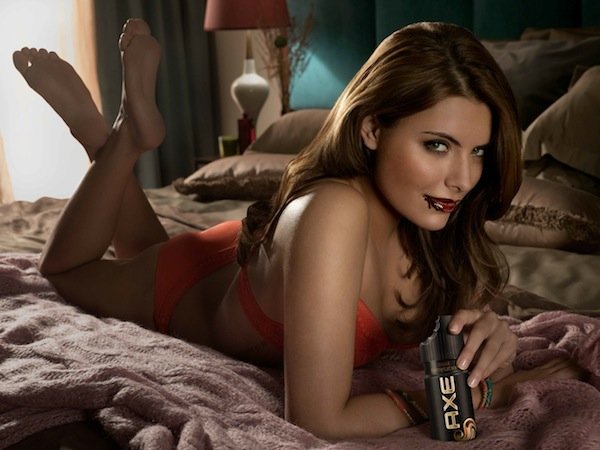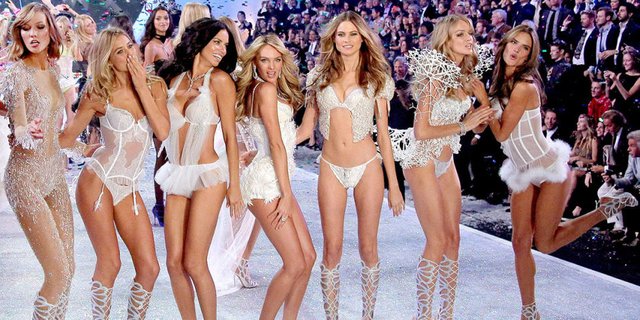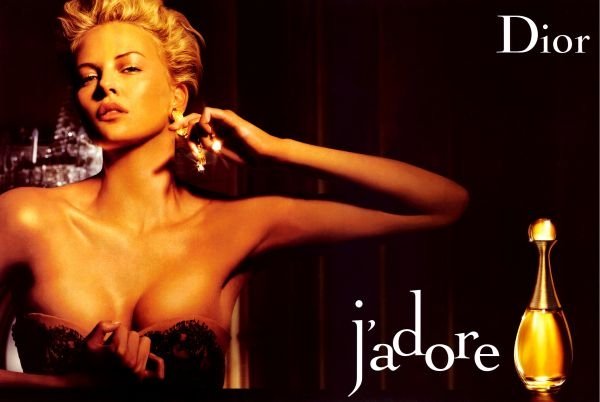Sex still sells. That's the conclusion of new research that finds ads featuring sex are on the rise, so to speak.
The study, from the University of Georgia, looked at sexual ads appearing in magazines over the past 30 years and found that the numbers are up.

"Advertisers use sex because it can be very effective," said researcher Tom Reichert, professor and head of the department of advertising and public relations in the UGA Grady College of Journalism and Mass Communication. "Sex sells because it attracts attention. People are hard-wired to notice sexually relevant information, so ads with sexual content get noticed."
People also succumb to the 'buy this, get this' imagery used in ads, he said.

"Some young men actually think Axe body spray will drive women crazy," he said. "But brand impressions are shaped by images in advertising, too. Arguably, Calvin Klein and Victoria's Secret are not much different than Hanes or Vassarette, but perception studies show those brands are perceived as ‘sexy,' and some customers want that."
The researchers looked at 3,232 full-page ads published in 2003, 2009 and 2014 in the popular magazines Cosmopolitan, Redbook, Esquire, Playboy, Newsweek and Time. They found sexual imagery in 20 percent of the ads. Using sex to sell everything from alcohol to banking services has increased over the years: 15 percent of ads studied used sex as a selling point in 2003. That percentage grew to 27 percent in 2014.

Ads were categorized based on the models' clothing, or lack thereof, and physical contact between models.
"Our findings show that the increase in visual sexual imagery over the three decades of analysis is attributable to products already featuring sexual content in ads, not necessarily widespread adoption by other product categories," Reichert said. "Specifically, alcohol, entertainment and beauty ads are responsible for much of the increase."

The study showed sex is primarily used to sell low-risk products impulse purchases.
"Sex is not as effective when selling high-risk, informational products such as banking services, appliances and utility trucks," he said.
Much of the growth was seen in alcohol, entertainment and beauty advertising. Out of 18 product categories, those most often using sexual imagery in advertising were health and hygiene at 38 percent; beauty, 36 percent; drugs and medicine, 29 percent; clothing, 27 percent; travel, 23 percent; and entertainment, 21 percent.

lol
Downvoting a post can decrease pending rewards and make it less visible. Common reasons:
Submit
Downvoting a post can decrease pending rewards and make it less visible. Common reasons:
Submit
Downvoting a post can decrease pending rewards and make it less visible. Common reasons:
Submit